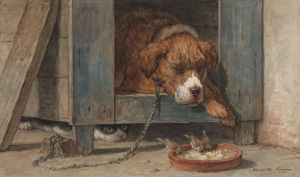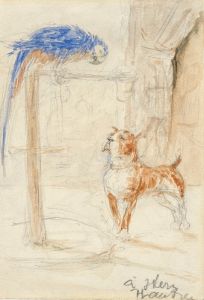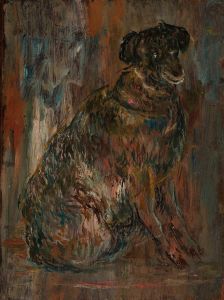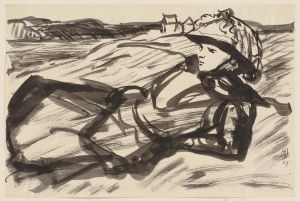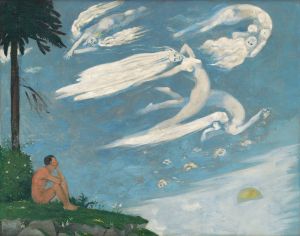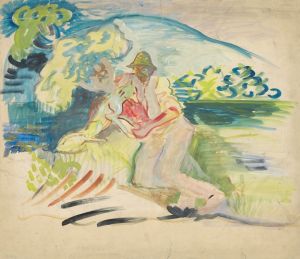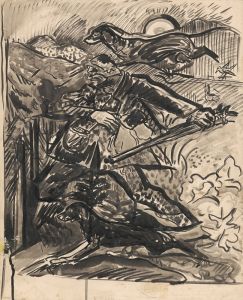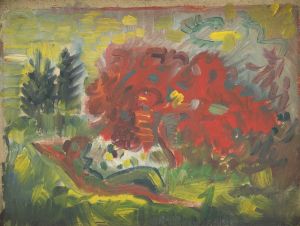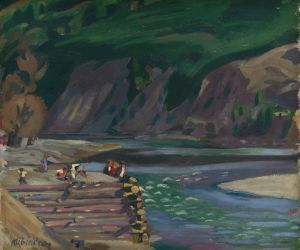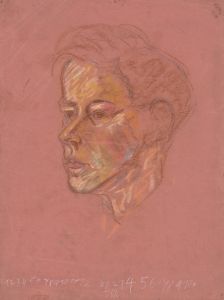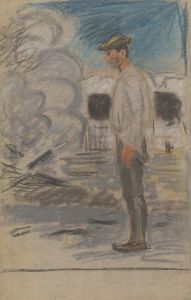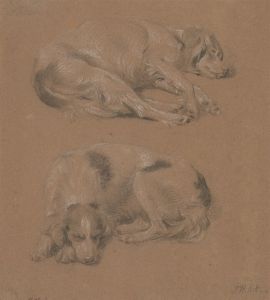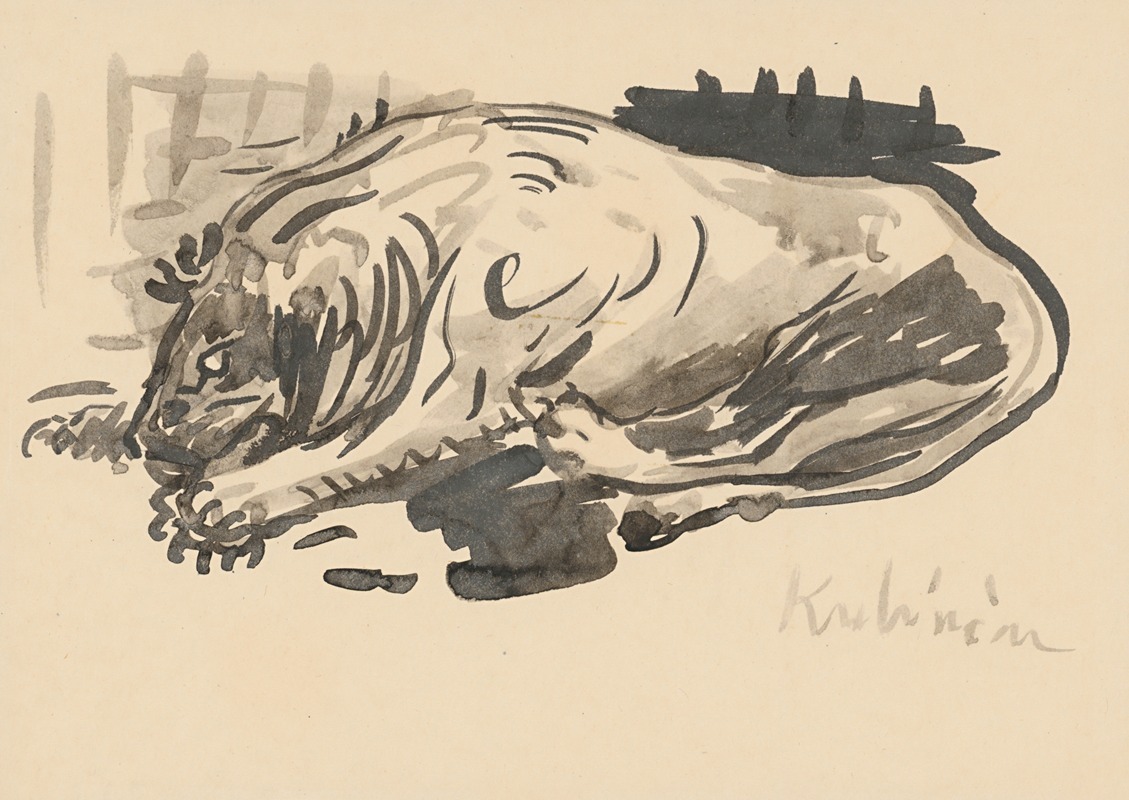
Lying dog
A hand-painted replica of Arnold Peter Weisz-Kubínčan’s masterpiece Lying dog, meticulously crafted by professional artists to capture the true essence of the original. Each piece is created with museum-quality canvas and rare mineral pigments, carefully painted by experienced artists with delicate brushstrokes and rich, layered colors to perfectly recreate the texture of the original artwork. Unlike machine-printed reproductions, this hand-painted version brings the painting to life, infused with the artist’s emotions and skill in every stroke. Whether for personal collection or home decoration, it instantly elevates the artistic atmosphere of any space.
Arnold Peter Weisz-Kubínčan was a Slovak painter known for his contributions to modern art in the early 20th century. Born in 1898 in Dolný Kubín, Slovakia, Weisz-Kubínčan was part of the vibrant Central European art scene during a time of significant political and cultural change. His work is characterized by its exploration of form, color, and emotion, often reflecting the complex interplay between tradition and modernity.
One of his notable works is "Lying Dog," a painting that exemplifies his unique style and artistic vision. While specific details about "Lying Dog" are scarce, it is understood that Weisz-Kubínčan's work often incorporated elements of Expressionism and Cubism, movements that were influential during his lifetime. These styles are known for their emphasis on subjective experience and the deconstruction of form, respectively, which may be reflected in the composition and execution of "Lying Dog."
Weisz-Kubínčan's art was deeply influenced by his personal experiences and the socio-political environment of his time. As a Jewish artist in Central Europe during the rise of Nazism, his career was tragically cut short. He was deported to a concentration camp during World War II, where he ultimately perished. This historical context adds a layer of poignancy to his work, as it represents not only his artistic endeavors but also the broader narrative of cultural and human loss during the Holocaust.
"Lying Dog," like many of Weisz-Kubínčan's works, may have been created during a period when he was actively engaging with the artistic communities in Slovakia and beyond. His participation in exhibitions and collaborations with other artists of the time would have provided him with a platform to explore and express his artistic ideas. Unfortunately, due to the turbulent events of the mid-20th century, many of his works were lost or destroyed, making surviving pieces like "Lying Dog" valuable for understanding his contribution to art history.
The painting itself, while not extensively documented, likely showcases Weisz-Kubínčan's skillful use of color and form to convey emotion and narrative. His ability to capture the essence of his subjects, whether human or animal, speaks to his keen observational skills and his desire to explore the deeper emotional currents of life. "Lying Dog" may thus be seen as a testament to his artistic legacy, offering insights into his creative process and the themes that preoccupied him.
In summary, Arnold Peter Weisz-Kubínčan's "Lying Dog" is a reflection of the artist's engagement with modernist art movements and his personal experiences during a tumultuous period in history. While specific details about the painting are limited, it remains an important piece within his oeuvre, representing both his artistic talent and the broader historical context in which he lived and worked.






